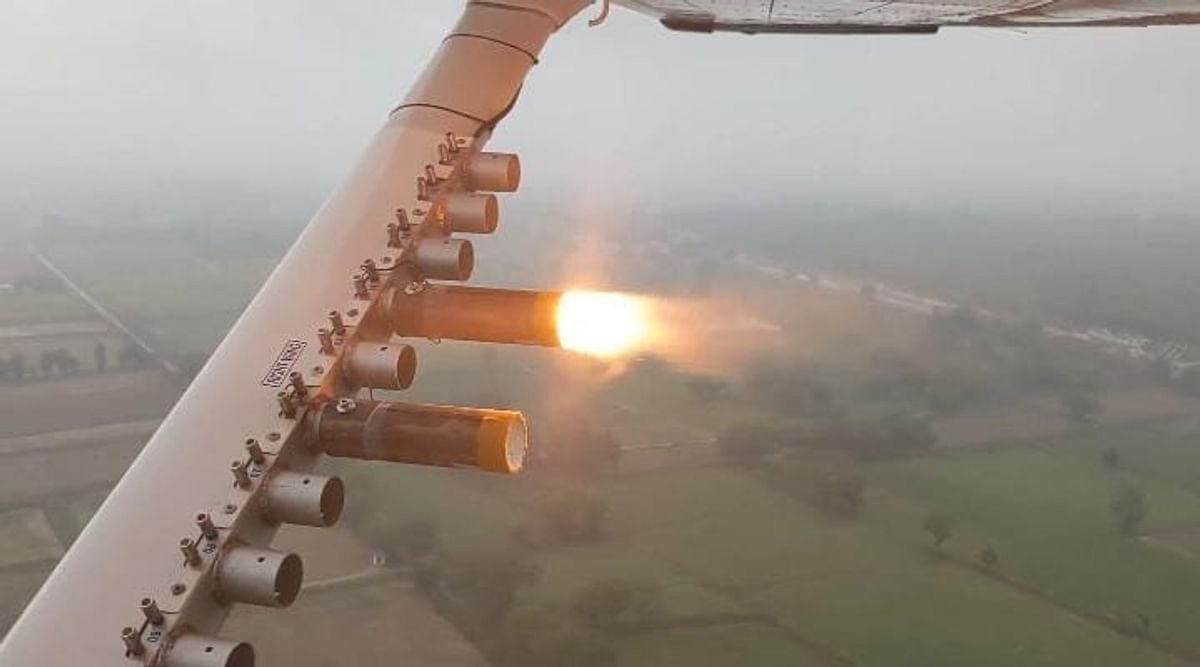Delhi NCR is one of the most polluted cities in the world, with air quality levels often exceeding safe limits. This pollution has a serious impact on the health of the city’s residents, leading to respiratory problems, heart disease, and other health issues.
One of the potential solutions to Delhi NCR’s air pollution problem is artificial rain recommended by the experts. Artificial rain, also known as cloud seeding, is a process of inducing rainfall by introducing substances into the atmosphere that act as cloud condensation or ice nuclei. This can be done using airplanes or helicopters to spread the seeding agents over clouds.
It is proven that Cloud seeding can be an effective way to increase rainfall in areas where there is already some moisture in the atmosphere. However, it is important to note that cloud seeding cannot produce rain out of thin air. It can only enhance the amount of rainfall that would have occurred naturally.
There are several potential benefits to using cloud seeding to induce artificial rain in Delhi NCR. First, rain can help to wash pollutants out of the atmosphere, leading to cleaner air. Second, artificial rain can help to suppress dust storms and haze, which are major contributors to air pollution in Delhi NCR. Third, artificial rain can help to improve the city’s green cover, which can also help to improve air quality as rain is the best solution against air pollution..
In July 2023, IIT Kanpur conducted successful trials of cloud seeding in the region, which showed that the technology could be effective in increasing rainfall with keeping in mind The government is currently considering using cloud seeding to induce artificial rain in the city.
If the government decides to proceed with cloud seeding, it is important to carefully consider the potential environmental impacts of this technology. For example, some studies have shown that cloud seeding can lead to changes in precipitation patterns, which could have unintended consequences for downstream communities.
Overall, artificial rain is one of the most promising technologies that could help to improve air quality in Delhi NCR. However, it is important to carefully consider the potential environmental impacts of cloud seeding before deploying it on a large scale.
Here are some additional thoughts on the use of artificial rain in Delhi NCR:
Artificial rain is not a silver bullet for Delhi NCR’s air pollution problem but It is also important to implement other measures to reduce pollution, such as reducing vehicle emissions and improving industrial pollution controls.
Artificial rain will only be used as a last resort, when other measures have failed to reduce pollution levels.
Cloud seeding should be carefully monitored to ensure that it is not having any unintended environmental impacts.
It remains to be seen whether the government Bodies will decide to use artificial rain to improve air quality in the city. However, the technology is worth considering, given the severity of the city’s air pollution problem.







Leave feedback about this